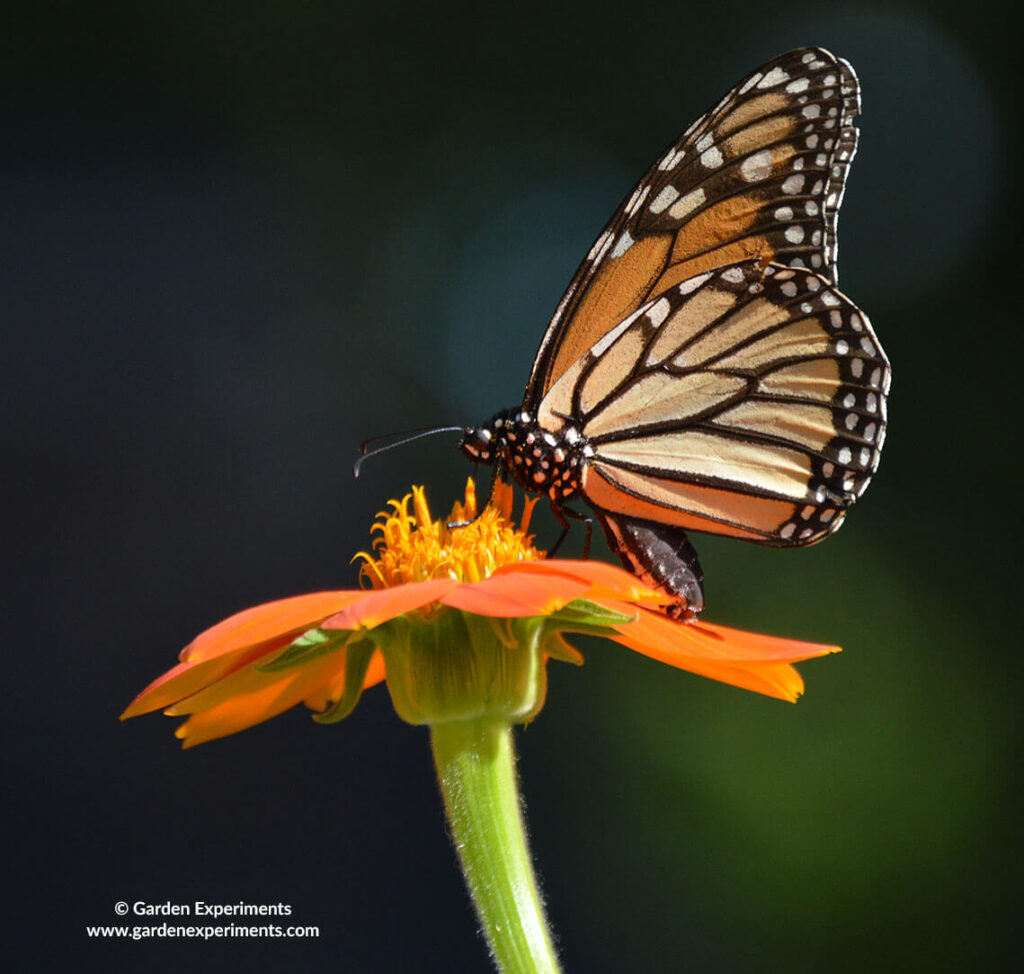
Monarchs make a nearly 3,000-mile journey each year from Mexico to the northern U.S. and Canada. Along their travels, they rely on native milkweeds for food and host plants for their caterpillars. Growing plants in your butterfly garden than provide food and are also a host plant will attract lots of butterflies, including monarchs.
And monarchs aren’t the only butterflies that migrate in North America. The Gulf fritillary, cloudless Sulphur, common buckeye, and more migrate each year.
As you start planning your garden, pick out some native milkweed plants and other butterfly host and food plants to add to your plan. You’ll enjoy seeing the butterflies and also be giving them a helping hand.
To provide the most help to butterflies in your garden, provide both food and host plants. The food plants will provide nectar for butterflies and bees and sometimes even hummingbirds, but host plants tend to be specific to the butterfly species. So if you’re looking to help out a certain type of butterfly, you’ll need to look into the host plants for that specific species.
For a list of more food and host plants for butterflies, read my post “30 Plants to Feed & Host Butterflies in Your Garden.” I’ve selected five of my favorite host plants and butterfly food plants that do well in the Southeast that you might try this year.
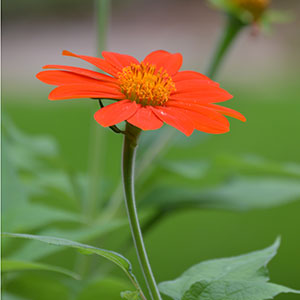
Mexican Sunflower
Tithonia rotundifolia
Zones 2 to 11
The bright orange color of these flowers is enough to sell me on them. But they also attract butterflies by the dozens. And you can save the seeds for the following year. While it’s not native to the U.S., it’s a great food plant for butterflies.
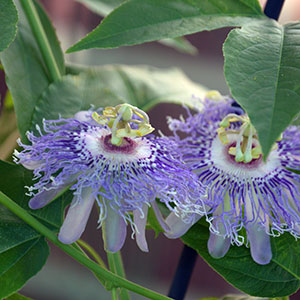
Purple Passionflower
Passiflora incarnata
Zones 6 to 9
This native vine is a host plant for Gulf fritillary butterflies. I happen to also adore its crazy purple flowers. As a native plant, it’s easy to grow and is adapted to clay soil. As a host plant, the caterpillars of the Gulf fritillary will denude the plant, but it’s worth the loss of the greenery to see them hatch.
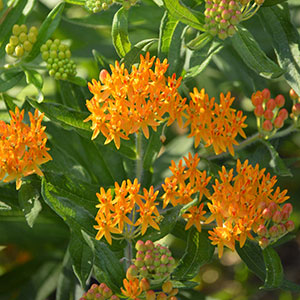
Milkweeds
Asclepias spp.
Zones 3 – 9
There are a wide variety of native milkweeds – depending on where you live – ranging in color from pink to white to bright orange. One of my favorites from Mississippi is the orange butterfly weed. Milkweeds are food and host plants for monarch butterflies and are nearly imperative for your butterfly garden.
Learn more about butterfly weed.
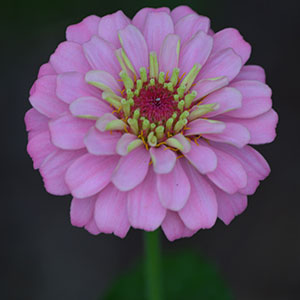
Zinnias
Zinnia spp.
Many zones
This annual flower has always been a favorite plant of mine. In humid climates, you should seek out the varieties that are powdery mildew resistant – though I just plant all types and deal with the mildew when it shows up. Zinnias come in all shapes, colors, and sizes and butterflies, bees, and hummingbirds just LOVE them. They’re easy to grow and heat and drought tolerant – perfect plant for a butterfly garden.
Learn how to grow zinnias.
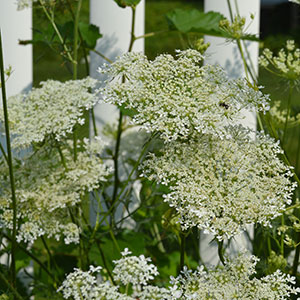
Queen Anne’s Lace
Daucus carota
Zones 3 – 9
Brought over in the 1800’s this plant has naturalized throughout all of the U.S. It’s a favorite “weed” of mine. I adore those frilly white flowers.
It’s a host plant for Eastern black swallowtail butterflies and it just looks gorgeous when planted in a bunch. It is also an important food plant for many butterflies.
Keep an eye on it spreading though – so be sure to plant it where you won’t mind it reproducing – maybe in a wildflower bed. It does well in dry conditions.
